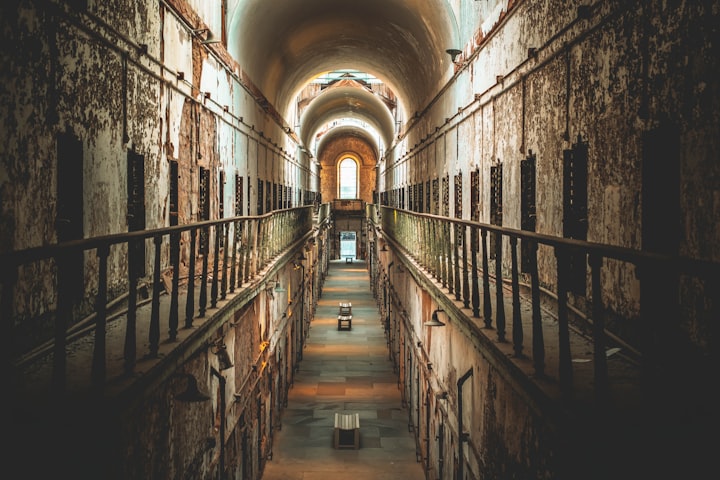10 Creepy Abandoned Jails in Europe PT.2
Behind Bars: Discovering the Haunting Abandoned Jails of Europe - 10 Sites of Fascinating History and Eerie Mystery

5 . Liban Quarry
One of the best-kept secrets of Krakow is the Liban quarry. Located in Podgorze, the old part of the city, this location was the main quarry during the Second World War and has been used for many different things since.
During the Nazi occupation, the Liban quarry became a detention center. The site was used as a forced labor camp for hundreds of Poles and Jews. More than 800 people were imprisoned here between 1942 and 1944, and twenty-one of them were eventually murdered. The monument to the victims was erected in 1948.
In the days after the war, the quarry still operated but closed down in 1986. The site was rented by Steven Spielberg for the filming of the movie Schindler’s List, based on the book of the same name. The director used the quarry to film scenes that depicted the Plaszow concentration camp.
4 . Doftana Prison
Doftana prison was one of Romania’s most notorious prisons in the early 20th century. It was infamous for its harsh treatment of political prisoners. Inmates were beaten, starved, and held in freezing solitary confinement cells. The prison was built to service the salt mines nearby. In 1940, a devastating earthquake destroyed the prison, injuring many prisoners. Even if they were released, they were denied relocation.
The prison’s harsh punishments earned it the nickname “the Romanian Bastille.” It was a mining town that had started life as a housing complex for mine workers, but the Romanian king converted it into a communist prison in 1921.As of June 2022, the prison has been purchased and is set to be demolished to make way for a hotel.
3 . Elgan Gulag
Elgan gulag is a former Russian gulag that is now an abandoned military camp. During the Soviet era, Russian prisoners were sent to the gulag in order to provide cheap labor. These camps were scattered across the Far North and Siberia, and prison labor crews were often needed for large projects. Prisoners spent their days chopping trees, digging in frozen ground, and mining copper.
The gulag system was founded in the early twentieth century when the Soviet Union was undergoing a period of social repression. It consisted of hundreds of camps, with an average of two to ten thousand prisoners. Most of the camps were “corrective labor colonies,” meaning prisoners were forced to work for long periods in grueling conditions, with threats of starvation and execution. These harsh conditions led to the death of tens of thousands of prisoners every year.
2 . Yermakovo Prison Camp
The Yermakovo prison camp in Siberia, built in 1949, is a vast collection of abandoned Soviet prisons, many of which were destroyed during the Cold War. It is now an eerie reminder of the horrors that once typified the Soviet prison system.
Thousands of prisoners were sent to this gulag, most likely to build a railroad to link the northern nickel mines to the Soviet factories in the west. The railroad was eventually abandoned, and the prison camp sank further into the forest with every passing winter.It is estimated that up to 18 million people ended up living in forced labour camps. After the death of Joseph Stalin, the gulag system was shut down, but forced labor camps for political and criminal prisoners continued to exist.
1 . Lukiškės Prison
After the formation of the USSR, this prison became a temporary holding area for political prisoners awaiting transport to gulags in the east. It became notorious during the Nazi’s reign in Lithuania, where it was used by the Gestapo and Saugumas to detain thousands of Jewish and Polish people. The majority were taken to the outskirts of Vilnius and executed at Ponary.
Lithuania’s last execution took place on its grounds in 1995. By 2007, it held around 1,000 prisoners and 250 guards. In 2009, a statement was made to the European Committee for the Prevention of Torture from multiple prisoners regarding abusive treatment by staff and poor living conditions described as “deplorable.”
The prison was officially closed on July 2, 2019. Since its closure, it has been opened to the public as a cultural center. It was used in 2020 to film parts of the fourth season of Stranger Things. A tourism agency in Vilnius is planning to open up a Stranger Things-themed cell in the prison, which will be rented out on Airbnb.





Comments
There are no comments for this story
Be the first to respond and start the conversation.